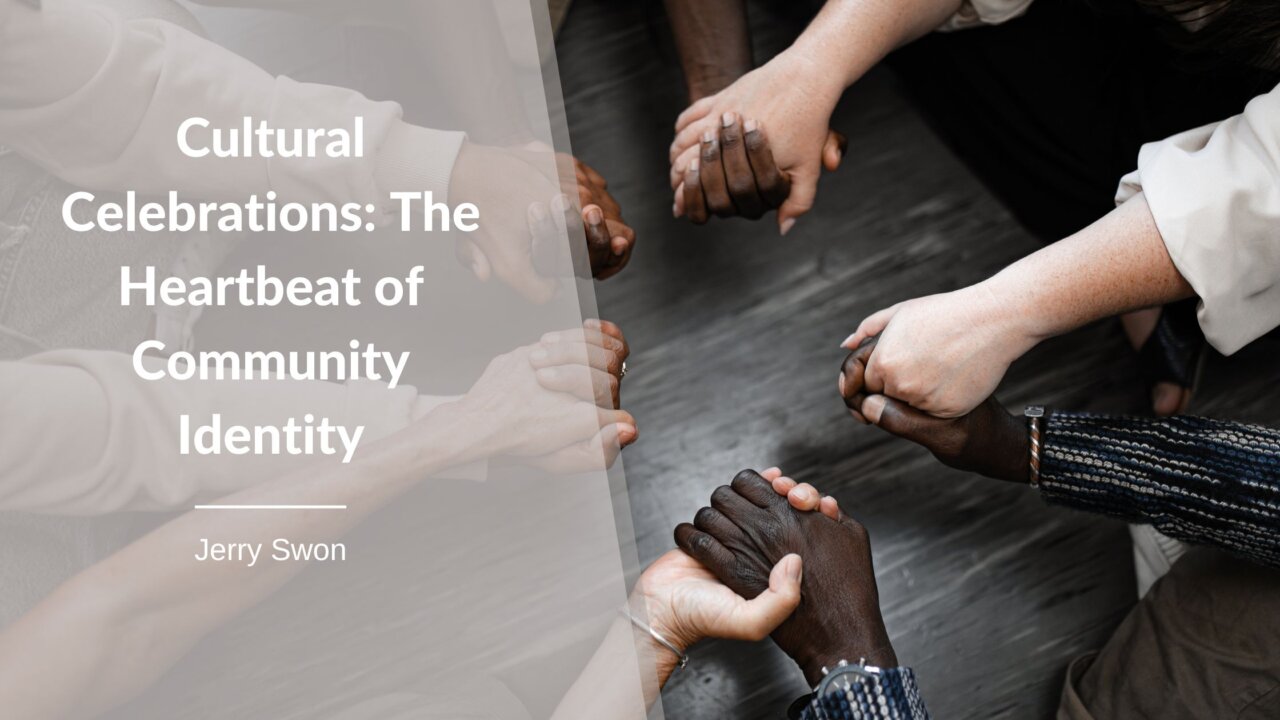One of the most vibrant expressions of community lies in its cultural celebrations. From street parades and food festivals to heritage nights and religious observances, these events are more than colorful spectacles—they’re declarations of identity, belonging, and shared history. In an increasingly globalized world, preserving and celebrating culture within communities is both a joyful act and a necessary one.
Why Cultural Celebrations Matter Culture is the soul of a community. It encompasses traditions, languages, cuisines, music, dance, dress, and rituals that have been passed down through generations. Celebrating culture is a way of honoring ancestors, educating youth, and inviting others to understand and appreciate diversity.
When communities embrace cultural celebrations, they create opportunities for connection and inclusion. These moments foster mutual respect and allow residents to take pride in who they are while learning about the rich backgrounds of their neighbors.
A Tapestry of Traditions In multicultural societies, the calendar is dotted with festivals from various backgrounds—Diwali, Eid, Lunar New Year, Hanukkah, Juneteenth, Carnival, Holi, Christmas, and so many more. Each celebration brings its own energy, symbolism, and meaning. These aren’t just “events”; they are the threads that weave identity into the fabric of community life.
In neighborhoods where cultural diversity is embraced, festivals become shared experiences. Children grow up attending each other’s holidays, tasting new foods, and picking up songs and dances from different traditions. These experiences broaden perspectives and break down stereotypes before they have a chance to form.
Case Study: Caribana, Toronto Toronto’s Caribana festival, rooted in Caribbean culture, began as a small community celebration and is now one of North America’s largest cultural events. It showcases the beauty of Caribbean heritage through music, dance, costume, and cuisine—and draws people from all backgrounds to participate. Beyond entertainment, Caribana has strengthened pride among Caribbean Canadians and fostered cross-cultural unity across the city.
Cultural Preservation Through Community Engagement Cultural events also serve as preservation tools. Elders share stories and recipes, traditional crafts are taught in workshops, and native languages are spoken and sung. Through this, younger generations develop an emotional connection to their heritage. For immigrant families especially, community-led cultural events offer a sense of continuity and comfort in a new land.
How to Celebrate Culture in Your Community
- Organize a multicultural fair where residents can showcase their traditions
- Host storytelling nights featuring folk tales from different cultures
- Create a community cookbook with recipes and stories
- Start a “Culture Week” in local schools or community centers
- Invite artists and musicians from diverse backgrounds for live performances
Conclusion Cultural celebrations are not just about nostalgia—they’re about visibility, pride, and coexistence. When communities make space for all cultures to be celebrated, they build bridges that transcend language and appearance. These shared experiences are where empathy is born and where true community thrives.
In honoring each other’s cultures, we don’t just learn about others—we discover deeper layers of our shared humanity.
